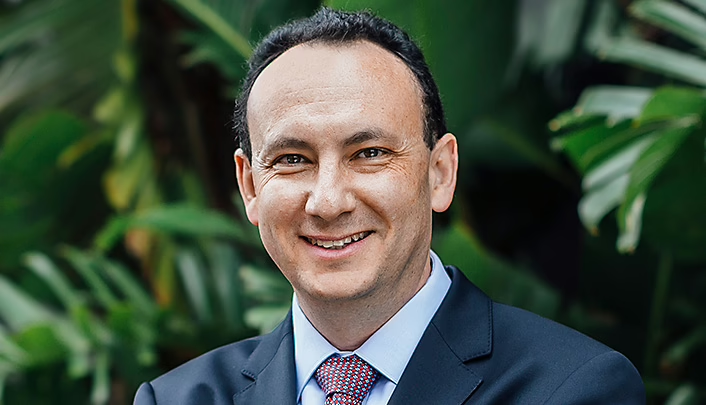Cataract surgery significantly reduces the risk of falls

A recent Australian study found that cataract surgery significantly reduces the risk of falls in older adults, with the greatest reduction occurring once vision is restored in both eyes.1
The FOCUS study followed patients at eight Australian public hospitals, who had been referred for cataract surgery on both eyes between 2013 and 2016.
Data collected by the researchers showed that cataract surgery on the first eye reduced the rate of falls by 31 per cent. The protective effect was even more pronounced after the second eye had been operated on, with falls reduced by a further 50 per cent.
Vision Eye Institute National Medical Director Dr Lewis Levitz, who was not part of the research group, acknowledges the importance of the study’s findings. He says this research is particularly topical, given the increasing wait times in the public and private sectors amid the ongoing Covid-19 pandemic.
It was already well known that poor vision increases the risk of falls in older adults and can lead to poor health outcomes, says Dr Levitz.2,3 ‘Previous Australian research has also shown that a third of public patients with cataracts in both eyes fell while waiting for their first eye surgery. Notably, half of those falls resulted in injuries. These included head injuries or fractures.4‘
Although removing the first cataract is important, Dr Levitz says the latest study shows that patients with two cataracts need to have the second operation to receive the greatest visual and safety benefits.
‘Humans have binocular vision so the brain relies on the images from both eyes in order to see,’ he says. ‘After one cataract surgery, there is good vision in one eye but now there might also be a visual imbalance between the eyes. We call this anisometropia and if it’s small enough the brain can compensate. But visual problems can occur when there is a large imbalance.’
Dr Levitz says studies show that anisometropia of 0.75 dioptres can lead to a 2-fold increase in the risk of falling after cataract surgery on one eye.5 ‘Patients do not usually change their glasses in the period between the operation on their first eye and the operation on their next eye. This is understandable due to the cost they would incur. It is, however, during this time that their falls risk increases. Therefore, reducing the time period between the two surgeries will minimise this risk.’
The key message from the study is the importance of restoring binocular vision and correcting the visual imbalance, says Dr Levitz. ‘Once these two things occur, the patient receives the greatest benefit from cataract surgery – both visually and from a reduced risk of falls.
‘This study highlights an important public health message – timely cataract surgery restores vision and helps to prevent falls.’
Read more information about cataracts, cataract symptoms and cataract surgery
1. Keay L, Ho KC, Rogers K et al. The incidence of falls after first and second eye cataract surgery: a longitudinal cohort study. Med J Aust 2022;217(2):94–99.
2. Ivers RQ, Cumming RG, Mitchell P et al. Visual impairment and falls in older adults: the Blue Mountains Eye Study. J Am Geriatr Soc 1998;46(1):58–64.
3. Gutiérrez-Robledo LM, Villasís-Keever MA, Avila-Avila A, et al. Effect of Cataract Surgery on Frequency of Falls among Older Persons: A Systematic Review and Meta-Analysis. J Ophthalmol 2021;2021:2169571.
4. Palagyi A, Morlet N, McCluskey P et al. While We Waited: Incidence and Predictors of Falls in Older Adults With Cataract. Invest Ophthalmol Vis Sci 2016;57(14):6003-6010.
5. Palagyi A, Morlet N, McCluskey P et al. Visual and refractive associations with falls after first-eye cataract surgery. J Cataract Refract Surg 2017;43(10):1313–1321.
The information on this page is general in nature. All medical and surgical procedures have potential benefits and risks. Consult your ophthalmologist for specific medical advice.
Date last reviewed: 2024-06-07 | Date for next review: 2026-06-07

